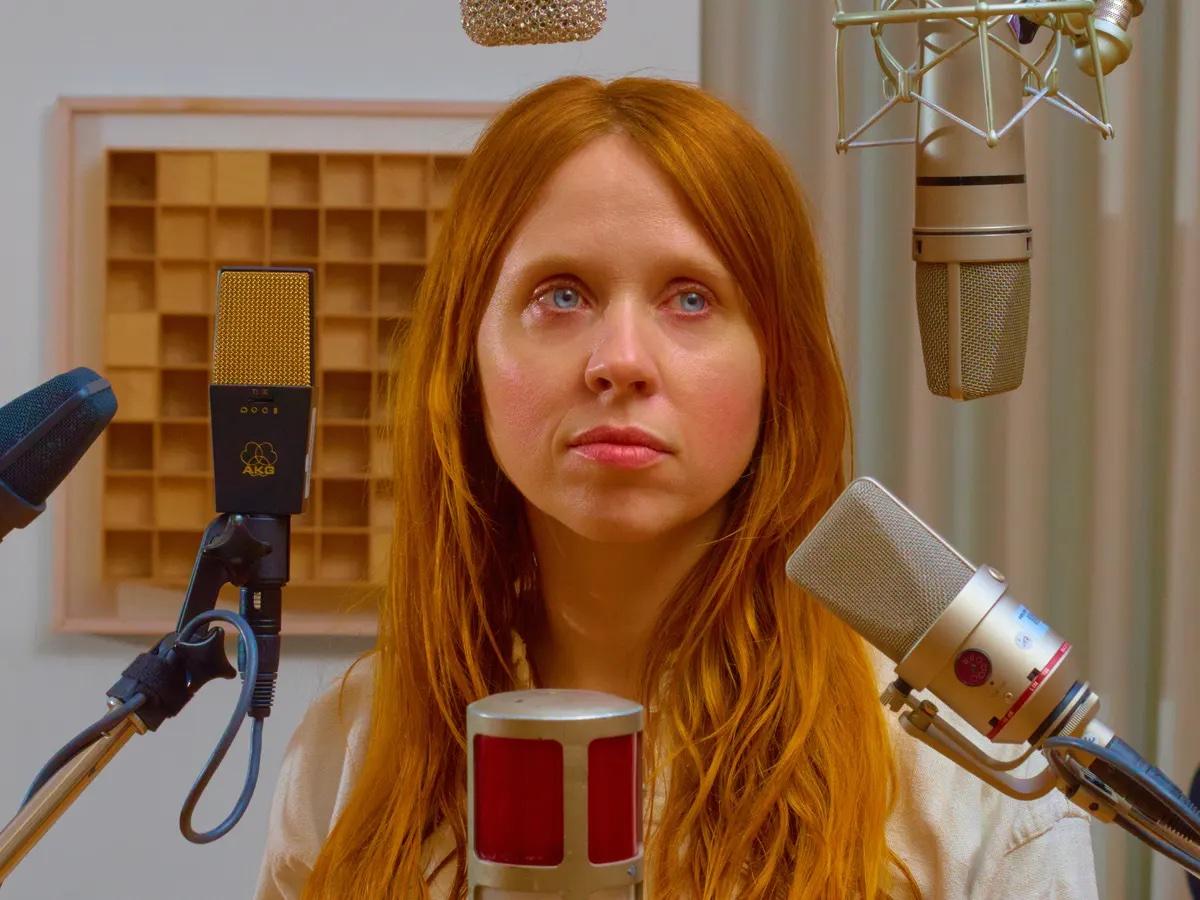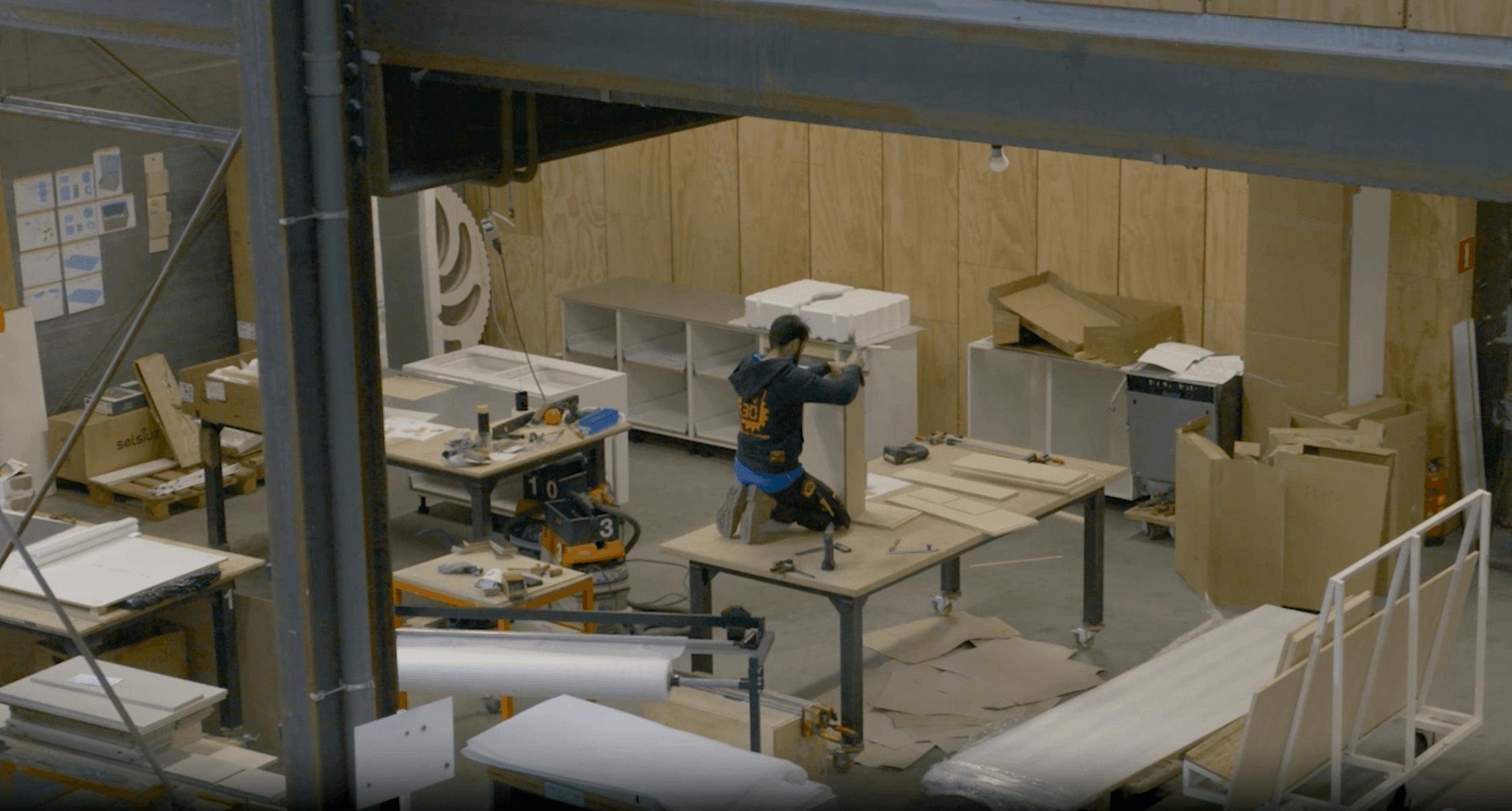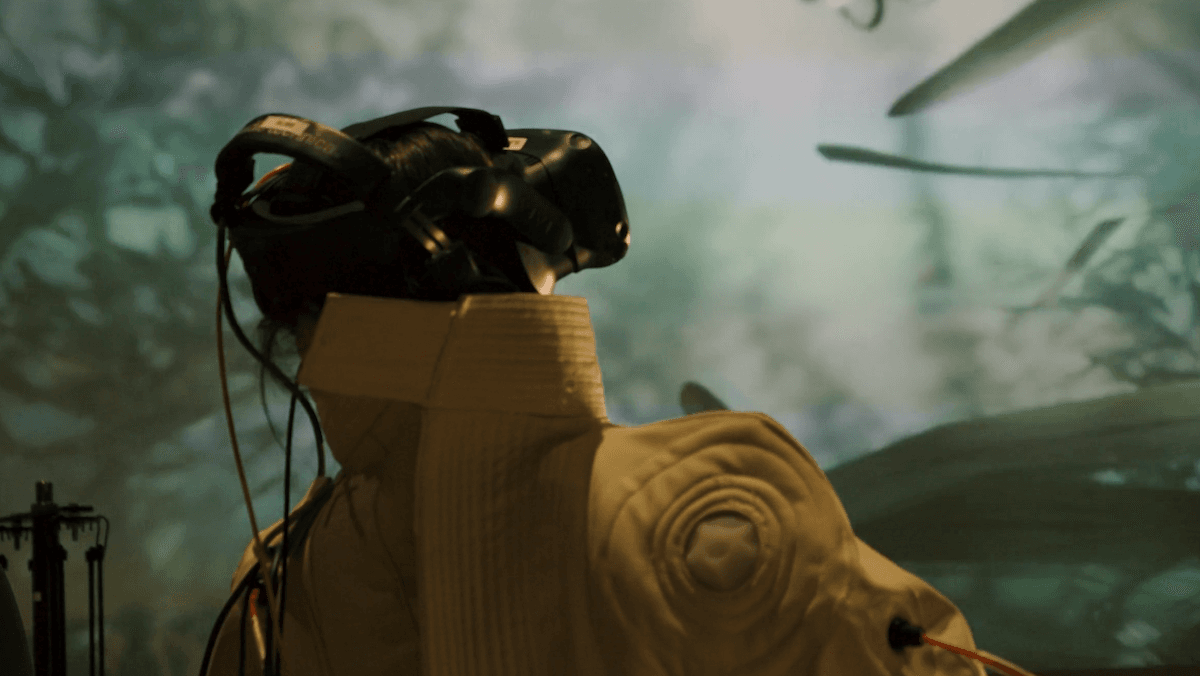The S+T+ARTS Day on the 9th of September 2022 at Ars Electronica followed this year’s two annual, overarching narratives from STARTS Prize: environmental commons, and data literacy, commons and activism. It featured not only S+T+ARTS prize winners’ projects but also residencies projects and other projects in the S+T+ARTS ecosystem, such as MediaFutures. Last but not least, the one-day-conference also gave stage to a climate warrior, which strengthened the urgency of taking care of environmental commons.
The conference was opened by Ralph Dum, initiator of S+T+ARTS and a senior expert at the European Commission. He gave a brief overview of the past, present, future of S+T+ARTS, and he stressed on the core idea of S+T+ARTS: artist form a catalyst of innovation for human compatible technologies and ecologically conscious technologies. As examples for these two strands, he mentioned this year’s STARTS Prize winning projects: Holly+ and Antarctic Resolution.
Beyond the boundaries of technologies
S+T+ARTS is currently also focusing on the development of the S+T+ARTS Regional Centres, which means that artists work on the matters of concern in collaborations with different stakeholders in different regions of Europe. The S+T+ARTS4WATER project is an example in point.
It was followed by a keynote by Gefried Stocker, the artistic director of Ars Electronica. He stated that art is the place where contradiction and controversiality can exist and become a productive power. When art enters science and technology, it can play around with new possibilites, and go beyond the boundaries of technologies, and advocate for civil society. For example, when artists conduct residencies in companies, even for a short period of time, they can show how things can be done differently, and trigger those in the company to ask different questions and experiment. Art provides a safe space for experiment.
During the Spotlight session, climate warrior and poet Selina from the Marjol (Marshall Islands) reminded people that indigenous nations living in those Pacific islands have been suffering from nuclear tests under the colonial rule of the USA, and in the recent decades, the rising sea level due to climate change has severe impacts on their physical and spiritual well beings. She reminded us that the climate crisis is not far away, but also happening in our backyards, and she advocated for nature-based indigenous knowledge as a solution. This session triggered people to rethink what roles do technologies play in climate.
New ways of being
In the Repairing the Present :REWORLD :REWILD and :RETOOL panel, the audience was invited to rethink what we do when we make worlds, and what the possibilities are of rewilding the worlds we have made, by retooling technologies. Curators Manuel Cirauqui and Mariana Pestana discussed the S+T+ARTS Residencies and the power of the fictional in creating diegetic prototypes.
Pestana gave an example of the project The Decorators, in which a temporary restaurant was built inside a market and food-for-food exchange collaborative ecosystem that took care of the environmental commons was rehearsed and tested out—she considers that programme as regenerating space where speculative futures are rehearsed. They also proposed to speculate on how to be in solidarity with other worlds—other species and ecosystems—how to speak other species languages. This is where technology in collaboration with art can operate to enable new ways of being.
Collective imagination
During the Spotlight by Giulia Foscari, she presented the grand prize-winning project Antarctic Resolution, which involves digitalisation and democratisation of data of the Antarctic, and the advocation of people who speak up as Anartica citizens. If was followed by a panel discussion chaired by Francesca Bria, together with architect, curator, critic and educator Eva Franch i Gilabert and polar scientist Carlo Barbante. The latter emphasised that in the present, the archive of the Antarctic informs what we should do in the future.
Scientists test climate models in the past, for instance, by digging ice core from three kilometres below ground to identify the concentration of CO2, and test the climate model with the reconstruction of the tempature. If it works, they project them into the future. Making the data accessible and understandable through digital means is key for people driving the environmental commons of the Antarctic and the globe home. Gilabert mentioned that architecture can enable new constituency with new aesthetics, and bring the social political constituencies into collective imagination.
Another Spotlight was given by the other Grand Prize-winning project Holly+. Its makers Holly Herndon and Mat Dryhurst talked about the real time timbre transfer of Holly+ and the spawning that creates new art or music by using an AI that is trained with datasets of existing artworks or music. In doing so, this creates a community and a governance model managing the digital voice model, in which thousands of people are steering and governing Holly’s digitalized voice. It is an artist-driven, art-funded technological innovation.
Make people care about data through art and storytelling
Then there was the Visionary Pioneer’s lecture by Laurie Anderson. She talked about her residency in NASA as the first artist-in-residence, in which she resisted making a “sexy techno project”. She used this quote: “if you think technology would solve your problems, you don’t understand technologies, and you don’t understand your problems.” To face the uncertainty of the world, we need to take care of the planet A, instead of hoping for a planet B.
Spotlight by S+T+ARTS prize honorary mention Forensic Architecture explained how the software is targeted on human rights activists and those who are documenting state and coorperate vidolence and how this sort of digital weapon is not just used by authoritarian states, but also the democratic states. The digital weapon is provided by private companies. This type of digital violence is used to cut networks of collaboration, and to isolate those who were hacked.
Yet those who were hacked should insist on their networks and be more vigilant. We should all take it seriously and do not undermine our digital welfare. Regarding how to act after the investigation is done, they suggested that it has to be picked up by communities and activism organisors, and they can work with universities and art institutuons to activate the research results. This presentation and panel discussion in S+T+ARTS day in the Ars Eletronica Festival was a case in point.
In the panel on misinformation and climate change, Marta Handenawer (Domestic Data Streamers) mentioned that they make people care about data through art and storytelling—for instance, the installation they exhibited in the festival was about fatberg—the toxic compound from the sewage, and how we all partake in this slow violence against environment. Mark Farid introduced the Invisible Voice project from Media Future, which is a Firefox plug-in that is activated when you open a website such as Google, and it shows the taxes the companies pay, the companies they work with, their environemtntal impact, and what are the alternatives. It is an educational tool for you to know who they are and what they do. In contrast to what Domestic Data Streamers do, Mark Farid makes people aware of the interests and agendas of the tech companies by giving transparency.
A sandbox for experiment
In the final panel Residency. But How?, the artist Irakli Sabekia presented his situated research-based work on the wiped out Russia-occupied Georgian villages, and how his interactive installation makes this violence visible and palpable, while artist Robertina Šebjanič and her collaborator Marjan Žitnik showed how to render the invisible pollutants of the sea visible, and how their smart sea urchins would gather data from the sea, which attracted the strong interests of scientists. Prof. Dr. Aimee van Wynsberghe, head of Sustainable AI Lab, Bonn, expressed Irakli’s project in the ArtScience Residency makes them them to rethink what technology means, and she suggested that technology in art space such as residencies should be like a sandbox for experiment, rather than being immediately transformed into commercialised product.
In conclusion, the S+T+ARTS day gave space for artists, scientists, and researchers, designers, and activists to elaborate on how their transdisciplinary practices in the nexus of science, technology, and art that address the matters of concern of present days, and that make proposition towards the future where we need to take care of the commons.


